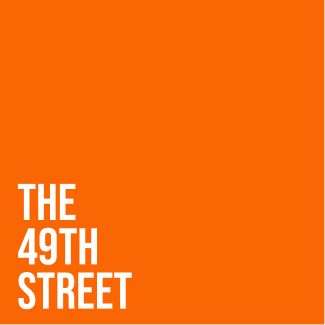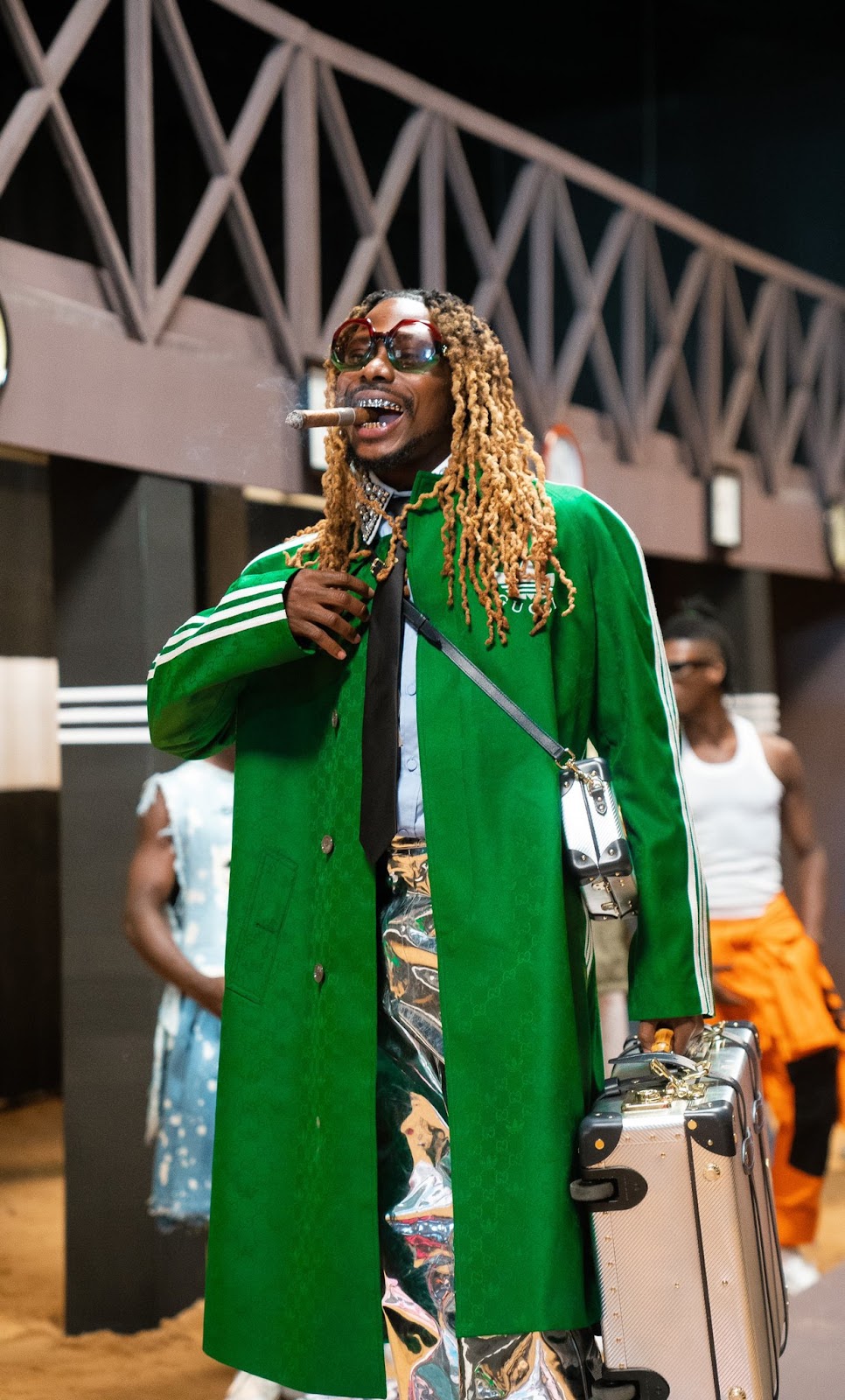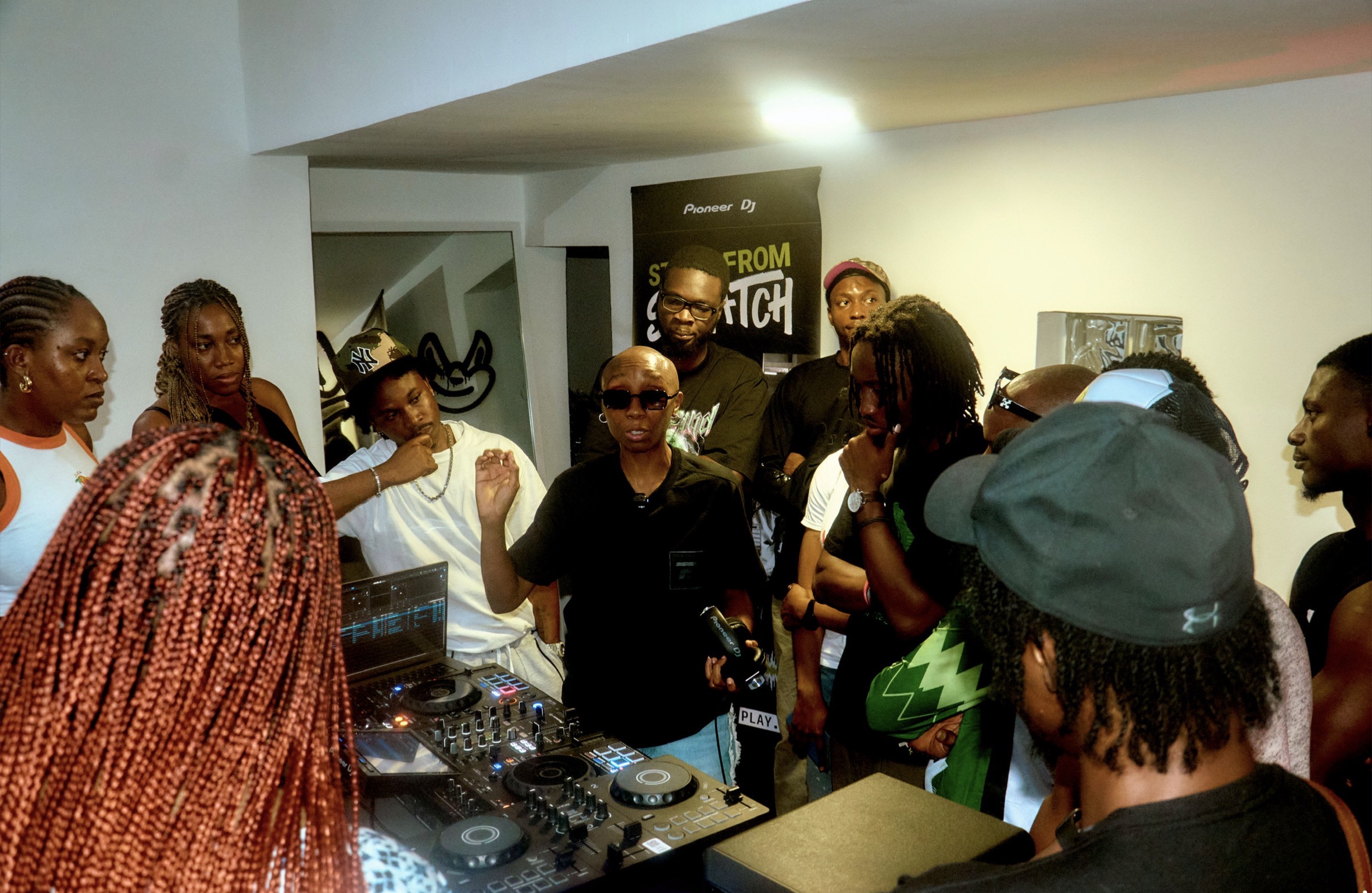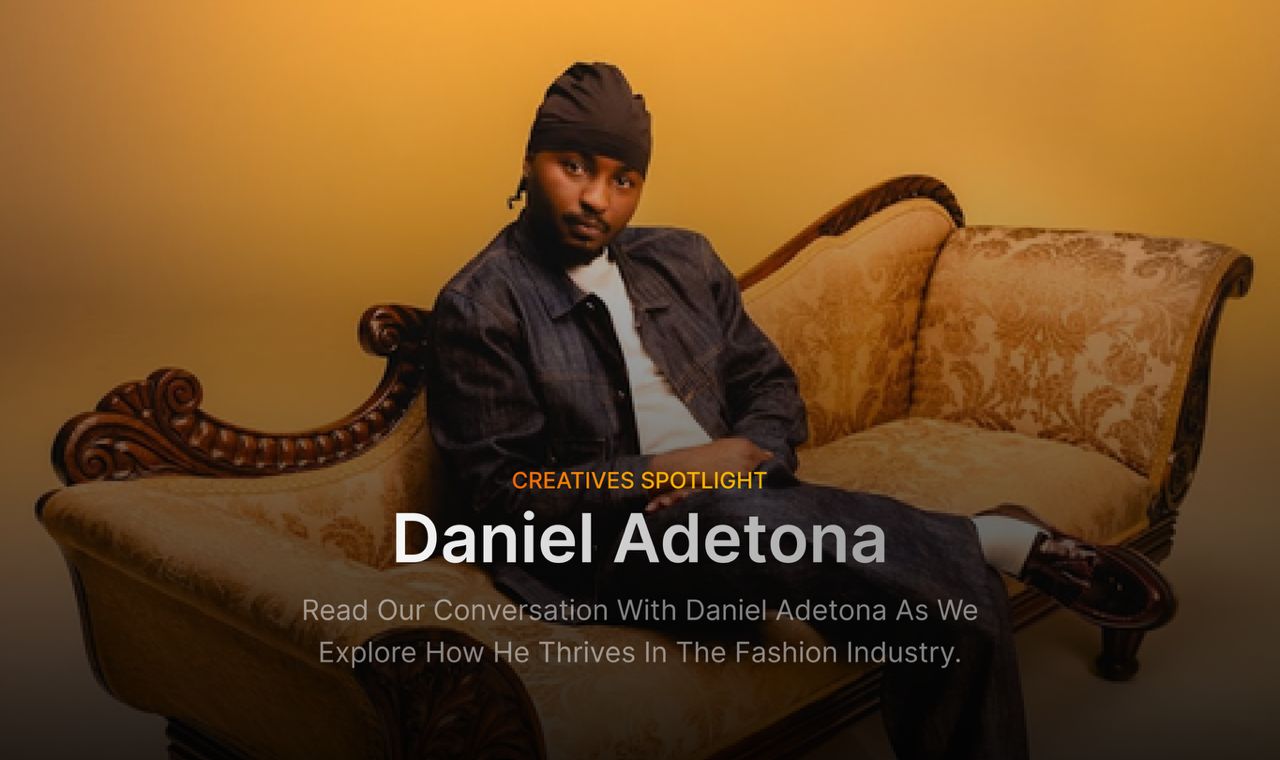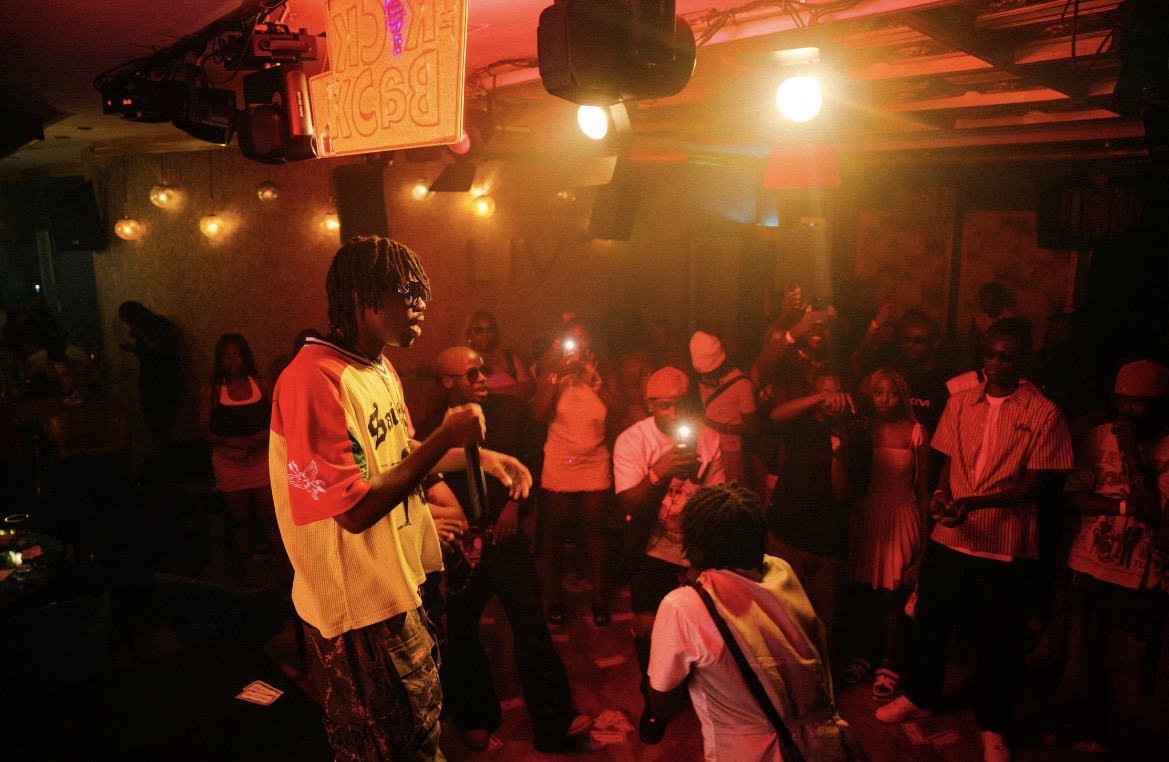by T.J Martins
Asake at this point needs no introduction that wouldn’t be a rehashing of feats that are already pixel clear to any individual, who isn’t blinded by sentimental bias. But in a bid to observe due protocol, it is pertinent that we state for the record that his run in 2022 is unprecedented and one for the history books. Some people might still opine that we’ve had similar groundbreaking breakthrough years in the past, and while that is true—it’s never been on this level.
In the artist’s first 7 months, he already had 6 smash-hit records that would comfortably find a place in the top 10 biggest records of the year. Asides from rising to the zeitgeist of the mainstream and dominating almost everyone else, he also influenced the sonic soundscape of the industry, through his signature crowd vocals that’s been utilized by fellow budding peers and OGs alike. What else? He also has a knack of crafting hits with complex hooks, that cram in a lot of words in a sung-rap, multi-syllabic rhyme scheme—which we all know is atypical of hit records, that usually have very simplistic hooks, to spur catchiness and ensure it sticks.
With his highly acclaimed debut album, Mr. Money With The Vibe, he also became the highest charting Afrobeats act on the Billboard 200 album chart, with a debut album at number #66. His feats speak for themselves and his detractors are simply being asinine at this point. He is an enigma that one can’t fully rationalize how he’s demolishing such milestones. The music is really good, yeah but that doesn’t make his success less of a mystifying case. But what would we really find if we attempt to delve into the looking glass and try to make the most sense of his enigmatic success?
Background & Underground OAU Days
Obafemi Awolowo University is becoming quite synonymous as a crucial story arc in the backstory of a number of new generation acts. Fireboy DML, Cheque, Blaqbonez, Oxlade and even the most recently unveiled Mavins act, Bayanni are all artists who studied and had the inception of their artistic journey at the university. The same goes for Asake, who wasn’t just a budding sensation at the school but was also renowned for his stage presence at events.
At some point, Blaqbonez’s 6-year old tweet of him appraising Asake’s performance at a school event, went viral on Twitter and casuals alike could also attest that the artist was indeed a force to reckon with back in the day. When he also released the tracklist of his debut album, months back, some portions of the internet that consisted of OAU alumnis recognized a particular track, ‘Joha’ that had been performed years back in the school with effervescent energy and charisma. Fortunately, another old video resurfaced to back up this point and it was enough graphic evidence of the song’s pathos on students.
Beyond the brooding swagger and staunch personality of Asake though, what is he really? One would be instantly inclined to call him a Street-Hop artist, a descendant in the long line of indigenous, street culture and Hip-Hop influenced acts that has roots that trace back to Dagrin, Lord Of Ajasa and his label boss and rap legend, Olamide. While that is right and wouldn’t be doing a disservice to his brand and music, it is still imperative that we break down the numerous elements that make up Asake.
Sonic Influences
Asake is a rapper in the manner by which he sing-raps, over Amapiano-indented beats with multisyllabic rhyme schemes and tight flows. However, he can also be classified as a Fuji act when his vocal texture is taking into consideration. Whilst his feats in a breakout year might be unprecedented, the crux of his music isn’t. You see, Asake is a perfection of various eras of Fuji and indigenous Hip-Hop over the years.
At this point, it’s vital to note that Hip-Hop has roots that trace back to African praise singing and panegyrics. Motolani Alake of Pulse NG, duly noted this fact in his review of MMWTV—citing the Quincy Jones documentary as the source of this information. According to the documentary in question, the praise singing got transported during the slave trade, when workers would sing them in the spirit of togetherness during hard labor on rich plantations. The elements would later become embedded in black culture, years later as a tool to document their struggles.
Fuji—like Hip-Hop—also draws similar roots from praise panegyrics in the sense that the genre’s unique vocal texture, which is its bedrock, has origins in the call-to-prayer Muslims engage in during Ramadan. The towns that this was mostly dominant in are Ibadan and Ilorin, two Yoruba cities populated with Muslims. It is of course, no mystery why Fuji and Hip-Hop have such a seamless fusion, especially in Asake’s case.
In the late 90’s and early 2000’s, Fuji acts like Pasuma and Obesere were evolving into more Hip/Hop influenced sounds, that would crystallize into a neo-Fuji generation of LKT and Dekunle Fuji. Soon it would be Reminisce, Olamide and even other fellow new-gen peers of Asake like Bella Schmurda and T.I. Blaze that would be tapping into that sound. Asake is a perfection of that sonic evolution and he stands out amongst his peers, because as an artist, he has more pure talent.
Life After YBNL & A Successful Olamide Co-Sign
Omo Ope, Asake’s mainstream breakout single is arguably his best song, sonically. Although the beat isn’t as Amapiano laced, like the rest of his other smash-hits, the percussive jolting synths and minimal riffs coaslesced so fluidly with his vocals and the sound engineering was so immersive, that the crowd vocals were crashing, so pleasantly against each other like lo-fi water waves. Couple that with a catchy Olamide verse and you have a banger.
By late January, the record was arguably the biggest song in the country and in typical YBNL fashion, the label rode on his momentum and soon enough in February, he was releasing his debut EP. It wasn’t much of a stellar, cohesive project but it showcased one thing, this guy had talent that was probably still oblivious to a mainstream audience that wasn’t paying enough attention.
When Omo Ope began to run out of steam, heavy, intentional push started for Sungba until it picked up. When Sungba started to wear off, Palazzo was already out to keep the Asake flame incensed. Before Palazzo could slow down, Peace Be Unto You was already blowing up everywhere and then came Bandana, a crucial feature that turned out to be another smash hit. It was a masterclass of riding momentum from his team and what came to fruition was an artist, that was so in-form, even OG’s found it hard to topple his position at the top of charts.
The Mysterious Persona
It’s no news that Asake didn’t have the clean-cut, pretty boy looks of a Joeboy or Wizkid—when he started out—so his branding had to take another route. There was a precise intent to convey an image that was alluring, yet mystifying in a thrilling way in his music videos. In the video for Palazzo, he was addressing a group of look-alikes, like a Kingpin giving orders to goons. In Peace Be Unto You, he was standing assured and domineering at the top of a gigantic clock column and looming down on life beneath, like a powerful mogul. These shots aren’t random aesthetics, but in fact, planned by TG Omori & his team to project a certain image.
Asake also refrained from doing interviews. As is the norm with new acts with a successful breakout single, the artist didn’t go on any media rounds to familiarise himself with the mainstream and so people were limited to the little they saw of him in social media, his music videos and one particular old interview before Omo Ope blew up. This embossed the mystery and made people wanted to get as much of him, when they could. It’s why he gets an incredible amount of engagement on Twitter.
Pop Culture Influence
People who pay keen attention to details, would have noticed that Asake had started to lean into avant-garde, abstract fashion choices after the immense success of his slew of singles. Basically, he started moving like a fashionista with innovative spectrums that deviated from the norm. At the 15th Annual Headies, he wore baggy jean trousers. In the videos he regularly posted, he’d wear rings on leather gloves. During his US tour, he fashioned a denim vest out of a skirt. This is the confidence of a successful artist, that knows his immense mainstream success is going to bleed into almost anything else he touches.
There also seems to be a balance with the fashion boundaries, as he isn’t indulging extremism like wearing skirts or fits that would totally pass as absurd to the general public. It’s that perfect balance between innovative and abstract. It’s truly limitless to see what else he could venture into and achieve success with, but one thing is for sure, the rest of the world would be watching and if they’re inspired? They’d be following suit.
